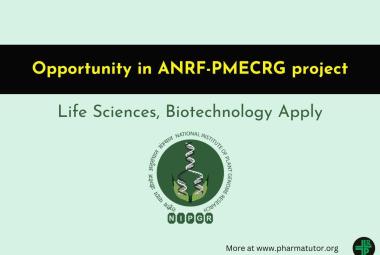Researchers world-wide are focused on clearing the toxic mutant Huntingtin protein that leads to neuronal cell death and systemic dysfunction in Huntingtons disease (HD), a devastating, incurable, progressive neurodegenerative genetic disorder. Scientists in the Buck Institutes Ellerby lab have found that the targeting the protein called FK506-binding protein 51 or FKBP51 promotes the clearing of those toxic proteins via autophagy, a natural process whereby cells recycle damaged proteins and mitochondria and use them for nutrition.
Publishing in Autophagy , researchers showed that FKBP51 promotes autophagy through a new mechanism that could avoid worrisome side effects associated with rapamycin, an immune-suppressing drug which also extends lifespan in mice. They show both rapamycin and the small pharmacological inhibitor of FKBP51, SAFit2, protect HD neurons but that the mechanisms of the two drugs are distinct.
The possibility of avoiding the negative side effects of rapamycin
Researchers focused on a family of binding proteins called FKBP's and specifically on FKBP51, which was most changed in mouse and human stem cell models of HD. During the course of the study scientist found that FKBP51 acts on a pathway independent of mTOR (mammalian Target of Rapamycin), which is associated with rapamycin. Scientists also identified a small molecule, SAFit2, which crossed the blood-brain barrier and promoted autophagy and reduced the toxic disease-causing protein through that mTOR-independent pathway.
"Rapamycin can have both positive and negative effects and this new molecule could give us a way to go after the toxic proteins without those complications," said Buck Professor Lisa Ellerby, PhD, director of the study, who added that the findings are also significant for the aging field. "We know that FKBP's get dysregulated during aging, a phenomena which likely contributes to the accumulation of toxic proteins associated with other age-related diseases. SAFit2, which is neuroprotective, could give us another option to promote autophagy and clear out disease-causing proteins or proteins accumulated during disease and aging which are correlated with other conditions." FKPB51 has been implicated in Parkinson's and Alzheimer's diseases as well as post-traumatic stress disorder and schizophrenia.
The first author of the work, Barbara Bailus, PhD, is a former postdoc in the Ellerby lab. "The fact that SAFit2 crosses the blood brain barrier is significant," said Bailus, who is now an Assistant Professor of Genetics at the Keck Graduate Institute in Claremont, CA. "In our mouse models of HD, the small molecule interacted with FKPBP51 and cleared toxic proteins in both the cortex and the striatum which is part of the neural circuit necessary for voluntary movement."
The Ellerby lab will do pre-clinical work with SAFit2, which was developed by a collaborator, Dr. Felix Hausch, PhD, at the Technical University in Darmstadt, Germany.
Current status of clinical trials for HD
The recent failure of an experimental drug tested in Europe and Canada against HD highlights the desperation of patients who are forced to deal with a malady that usually sees it victims dying about 20 years following the onset of observable symptoms. The drug was developed by Ionis and Roche, and is an antisense oligonucleotide (ASO). It was designed to silence the gene responsible for HD, and had to be injected into the fluid-filled space between the thin layers of tissue that cover the brain and spinal cord. While the details of the failed trial are not published yet, Ellerby says the drug appeared not to diffuse into the entire brain, the ASOs may have unanticipated toxic effects and the ASOs do not reach all affected peripheral tissues. HD affects coordination and leads to cognitive decline and psychiatric problems.
"While we had hoped that this drug would ultimately work for patients in desperate need of treatment, those of us in the field have been aware that we need less invasive treatments for HD that are more likely to be easily tolerated," said Ellerby. "I don't know if we'll be able to do that with this small molecule, but at this point it does show potential and we look forward to evaluating its effects in pre-clinical experiments."








